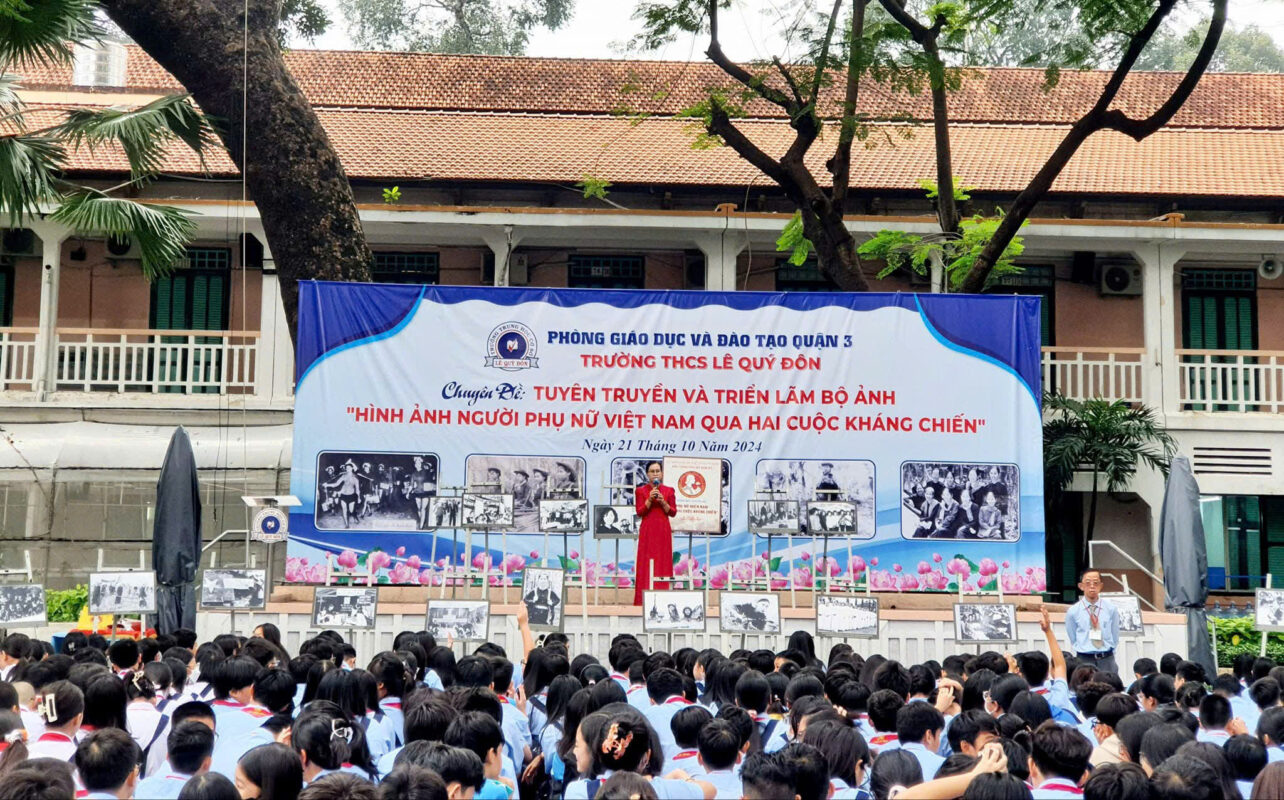
In the context of educational innovation and comprehensive digital transformation, museums are no longer closed spaces reserved only for researchers or history lovers, but increasingly play the role of open, flexible educational institutions, reaching a diverse audience. From 2019 to present, one of the prominent trends is that museums have expanded their activities beyond traditional exhibition spaces, especially in connecting with schools, which are places to form thinking, awareness of history, culture and national traditions for the younger generation through the program "Bringing museums to schools" and the Southern Women's Museum is considered one of many museums across the country to effectively and creatively implement this activity.
The program "Bringing museums to schools" of the Southern Women's Museum is implemented on the basis of important directive documents such as: Official Dispatch No. 3809/BVHTTDL-DSVH dated October 14, 2021 of the Ministry of Culture, Sports and Tourism on promoting digital transformation and coordinating with the Education sector in museum activities; Joint Plan No. 4042/KHLT-SVHTT-SGDĐT dated September 19, 2022 between the Department of Culture - Sports and the Department of Education - Training of Ho Chi Minh City to bring cultural heritage into teaching and learning in schools.
On that basis, the Southern Women's Museum has changed from passively waiting for students to visit, to proactively organizing mobile educational activities such as photo exhibitions, thematic talks and special classes at primary schools, high schools, colleges and universities in the city. These activities not only help students easily access cultural and historical values but also create interesting learning experiences, making it easier to absorb knowledge.
Source: Southern Women's Museum
In terms of content and implementation, the program is flexibly designed, including many interactive experiential activities suitable for each age group, helping students to both learn in the classroom and experience the reality of national history, through vivid and realistic images and artifacts. This helps students not only learn about history through books but also directly feel the historical values through the artifacts and stories that the museum conveys.
Source: Southern Women's Museum
The organization is rich and diverse, not only limited to museum visits but also carried out through photo exhibitions, combined with talks on history and national culture with topics such as: "Uncle Ho and Southern women", "Southern women through two resistance wars", "Ao dai then and now", "Steel reeds in the Ho Chi Minh campaign", etc. The authentic and vivid documentary photos help students easily visualize more clearly the difficult but heroic periods of the nation, thereby forming in them a sense of pride in the historical traditions of the country.
In addition to photo exhibitions, thematic talks are an effective way for students to learn more about historical figures who contributed to the cause of national liberation and historical events that marked a turning point in the nation’s history. These stories not only provide students with useful knowledge but also help them feel the love for their homeland and country, and the resilience of our ancestors in the resistance wars against invaders to protect the Fatherland.
In addition, the museum also organizes direct exchanges and conversations between students and historical witnesses, researchers, or famous figures in the fields of culture and science. These exchanges help students have the opportunity to talk and ask questions directly with historical witnesses, people with practical and profound knowledge of history and culture, thereby creating an open learning space, stimulating students' exploration and research.
The program “Bringing museums to schools” has affirmed the role of museums as an educational institution supporting schools, helping students approach history and culture in a visual and vivid, engaging way. Instead of learning history dryly through books, students are directly exposed to artifacts, images, and living witnesses, thereby arousing patriotism, national pride, and awareness of the role of women in the historical process.
The combination of museums and schools in history education and traditional values is not only an innovation in teaching methods but also an effective way to preserve and promote the cultural and historical values of the nation. What is special is that students can also participate in experiential activities and open discussions, helping to stimulate the thinking and creativity of students. Since then, history is no longer a dry and boring subject, but instead, history has become an interesting and attractive journey of discovery. Through photo exhibitions, talks and exchanges, museums have created opportunities to learn, explore, and inspire the younger generation to help them better understand the past and appreciate those values, helping them love and be proud of the history and culture of the nation. Not only does it help students access cultural and historical values, it also contributes to raising awareness of the responsibility to protect and promote those values. The program also helps students develop skills such as communication, discussion, critical thinking and creative thinking. Through extracurricular activities, students have the opportunity to exchange, learn and interact with friends, teachers, as well as with famous people and historical witnesses.
Source: Southern Women's Museum
The program “Bringing museums to schools” has affirmed the new role of museums in modern education: not only a place to preserve national memories, but also a space for learning, discovery, and connection between the past and the present. In the coming time, the Southern Women’s Museum will continue to expand its scale, innovate the form and content of activities to spread this model more widely, contributing to making cultural heritage a practical part of school education, especially in the education of national history in general, traditional values, and culture of Vietnamese women in general, and Southern women in particular.
Not only that, the cooperation between museums and schools is also a model of interdisciplinary culture - education, promoting the preservation and promotion of cultural heritage through formal education. This is a direction in line with the trend of modern museology in the world, when museums increasingly play the role of "second schools" in the community education ecosystem.
Hoang Thi Hong Ngoc
Administrative and General Department Specialist
References:
Ministry of Culture, Sports and Tourism (2021), Official Dispatch No. 3809/BVHTTDL - DSVH dated October 14, 2021 on promoting digital transformation and developing a coordination program with the Education and Training sector in museum activities.
Hoang Thi Hong Ngoc (2024), Master's thesis in Public Administration, National Academy of Public Administration, with the topic "Improving the effectiveness of traditional value education at public museums in Ho Chi Minh City"
Ho Chi Minh City Department of Culture and Sports (2022), Joint plan on promoting digital transformation and building a coordination program with the Education and Training sector in museum activities.
Prime Minister (2022), Decision No. 1520/QD-TTg dated December 9, 2022 on approving the program "Promoting lifelong learning activities in libraries and museums"
Southern Women's Museum website: https://baotangphunu.com/
Website of Department of Culture and Sports: https://svhtt.hochiminhcity.gov.vn/
Source: https://baotangphunu.com/dua-bao-tang-ve-voi-hoc-duong-mot-tep-can-giao-duc-sang-tao-trong-bao-ton-va-phat-huy-gia-tri-van-hoa/




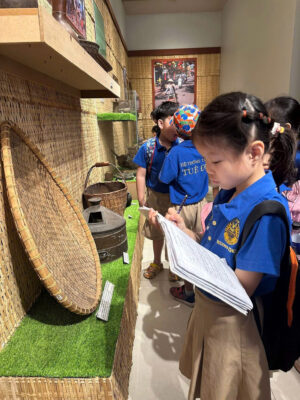
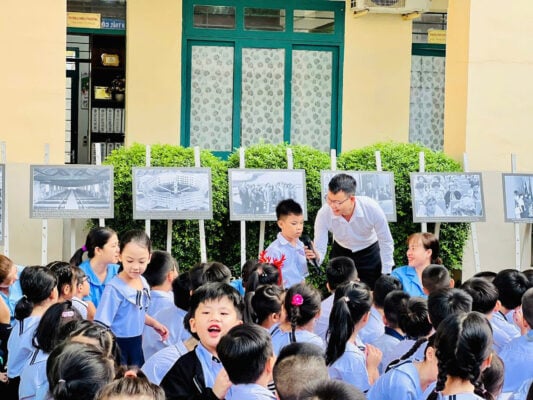
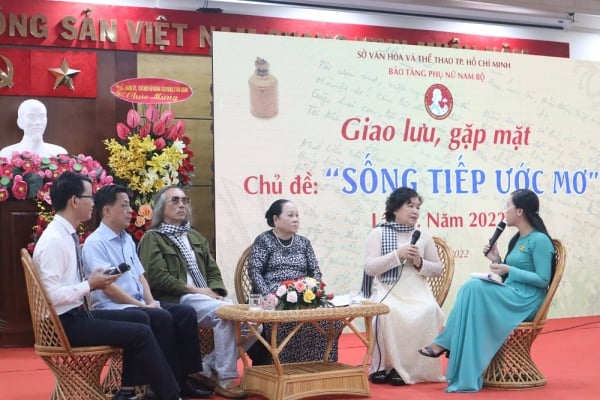
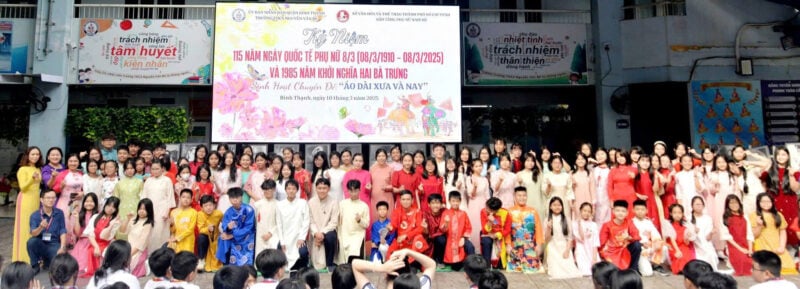

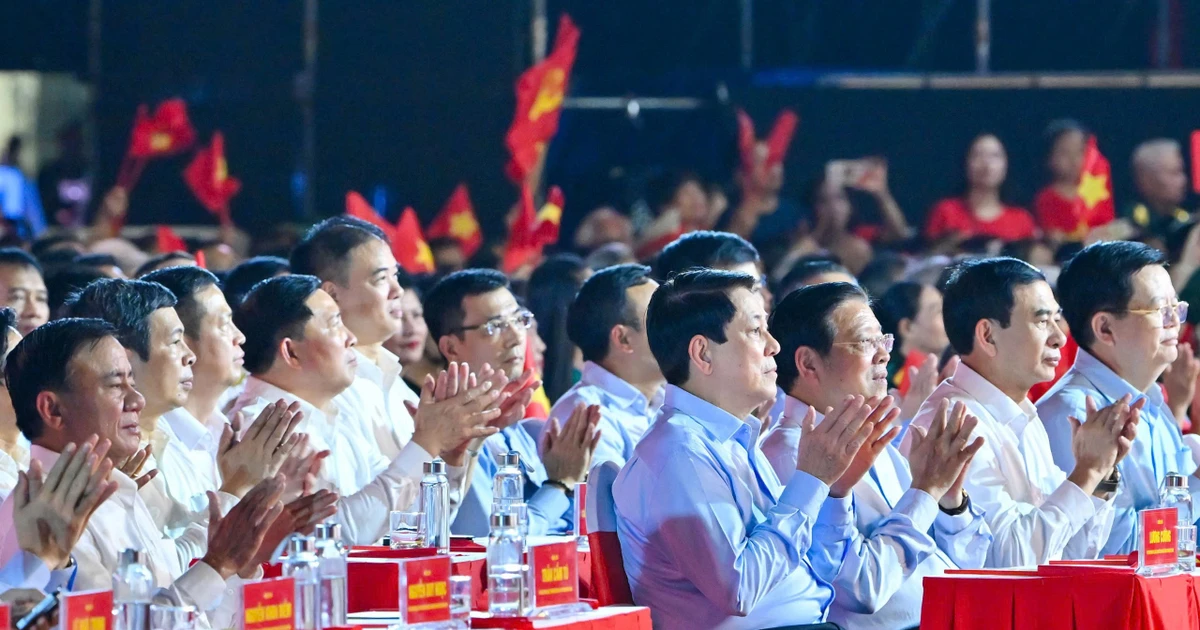
![[Photo] President Luong Cuong receives delegation of the Youth Committee of the Liberal Democratic Party of Japan](https://vstatic.vietnam.vn/vietnam/resource/IMAGE/2025/8/22/2632d7f5cf4f4a8e90ce5f5e1989194a)

![[Photo] Prime Minister Pham Minh Chinh chairs the conference to review the 2024-2025 school year and deploy tasks for the 2025-2026 school year.](https://vstatic.vietnam.vn/vietnam/resource/IMAGE/2025/8/22/2ca5ed79ce6a46a1ac7706a42cefafae)
![[Photo] President Luong Cuong attends special political-artistic television show "Golden Opportunity"](https://vstatic.vietnam.vn/vietnam/resource/IMAGE/2025/8/22/44ca13c28fa7476796f9aa3618ff74c4)
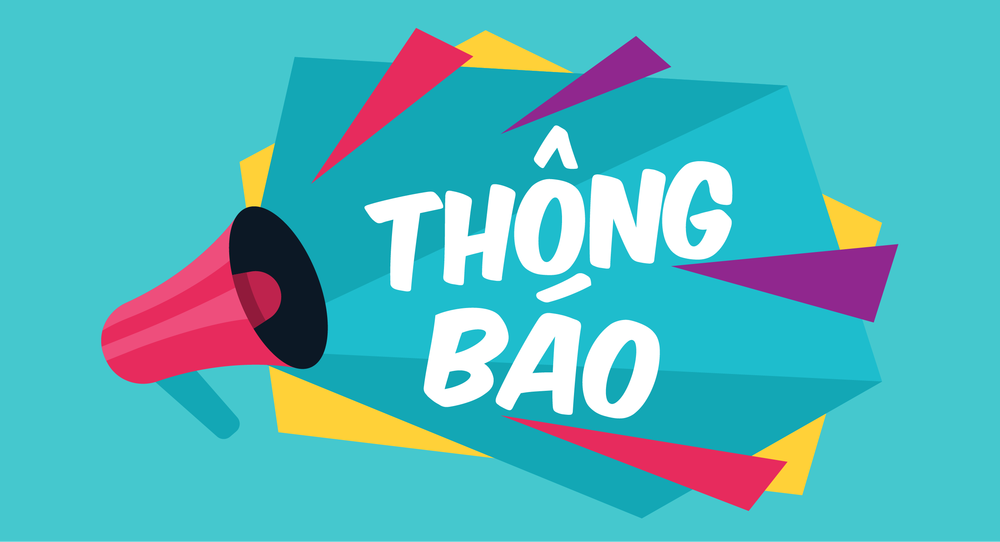
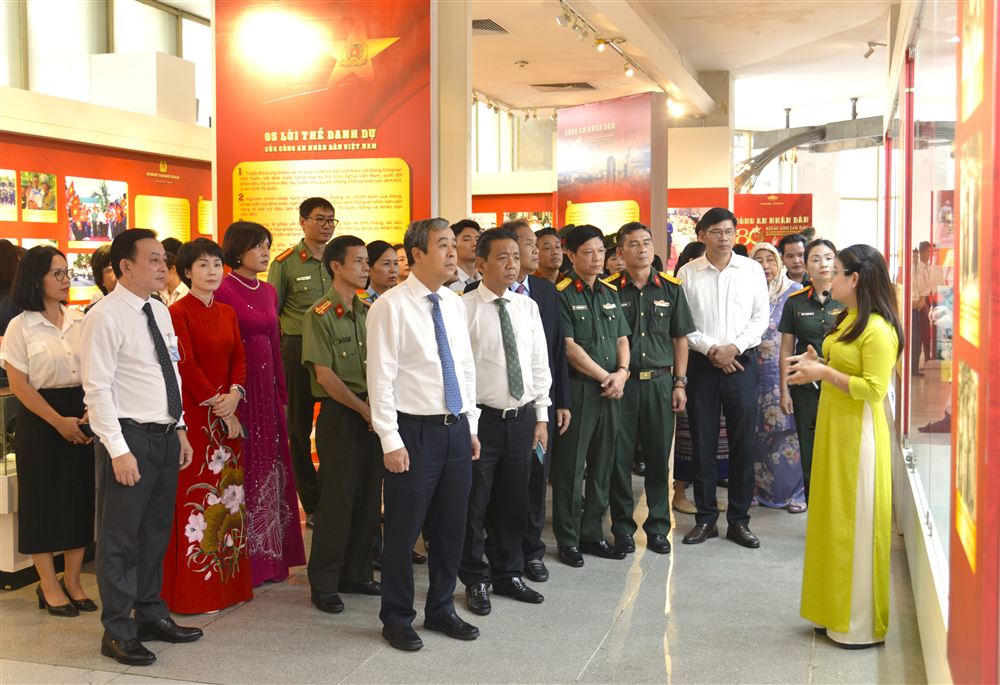
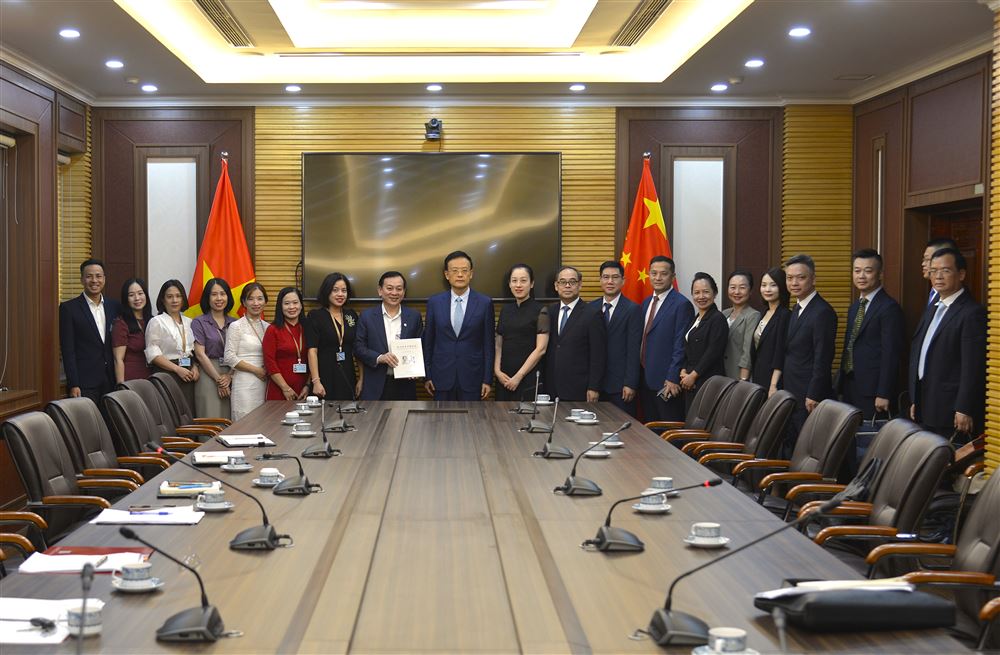
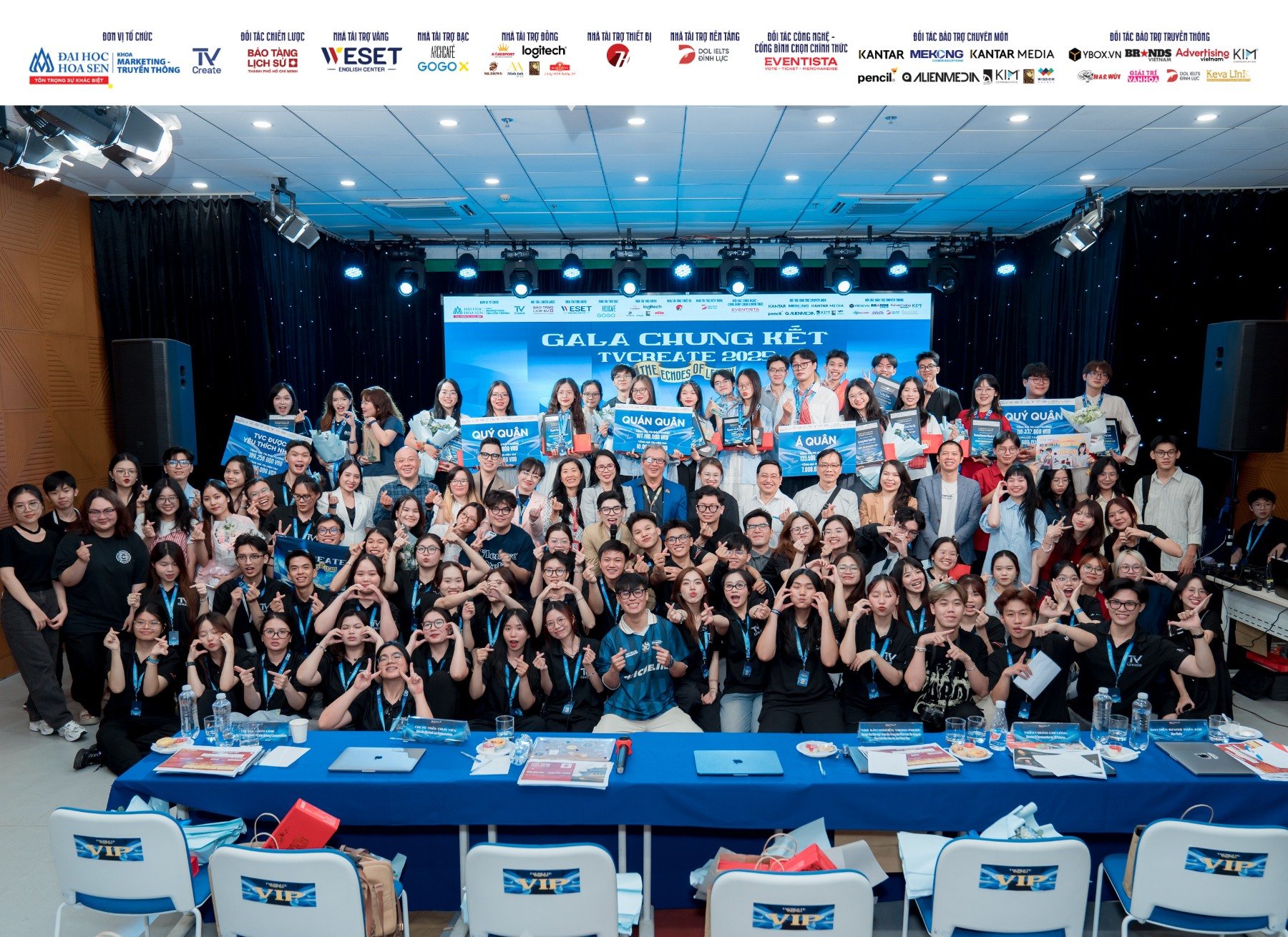
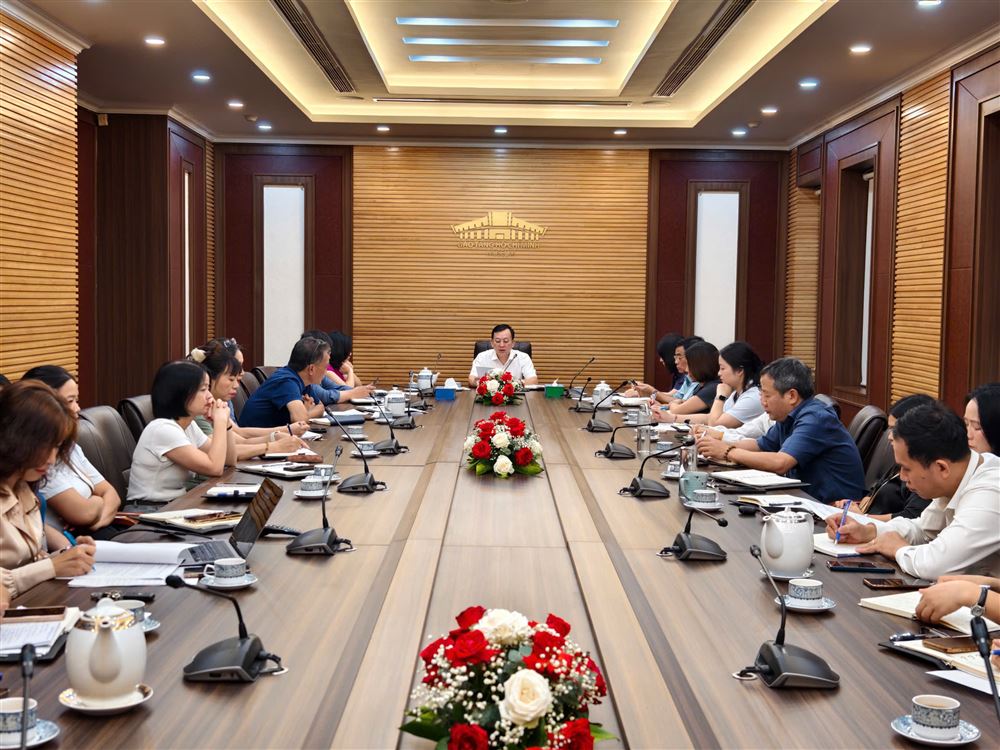




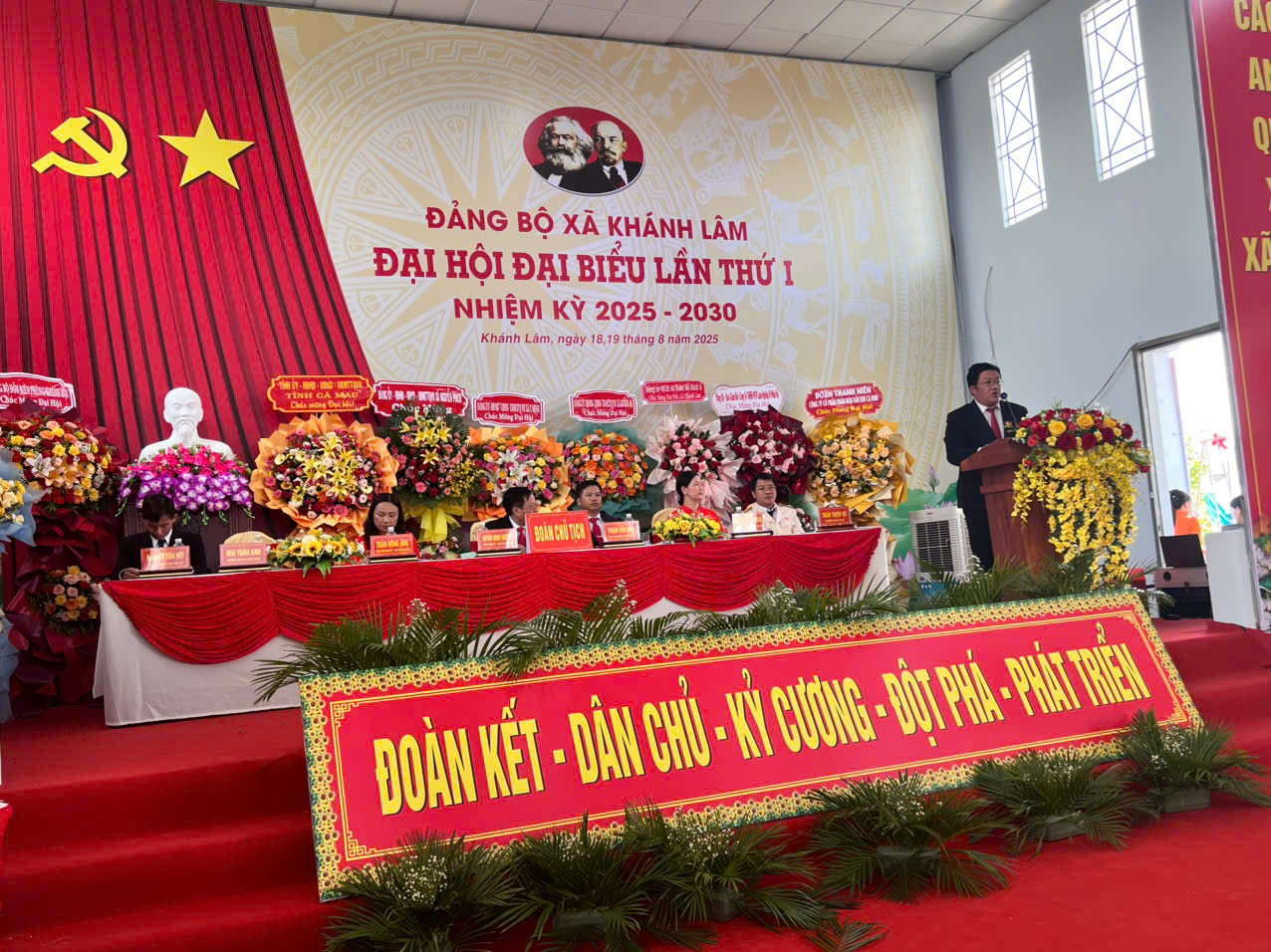
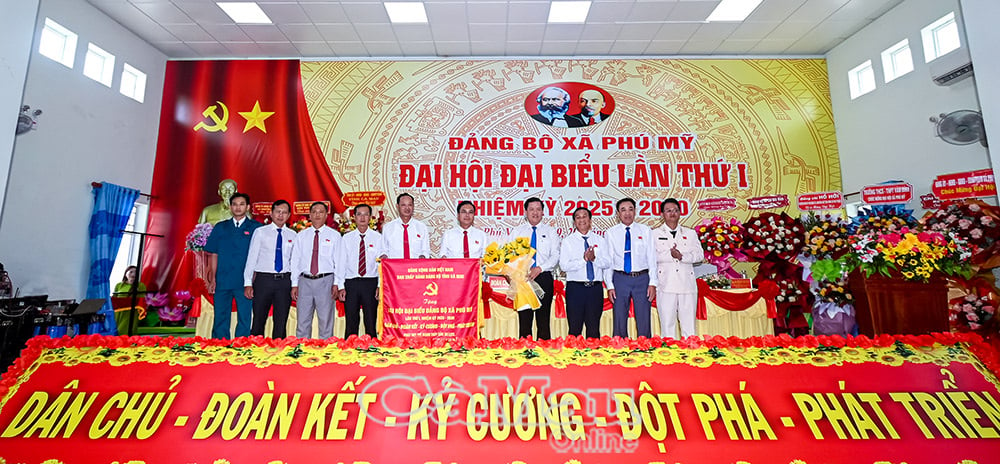
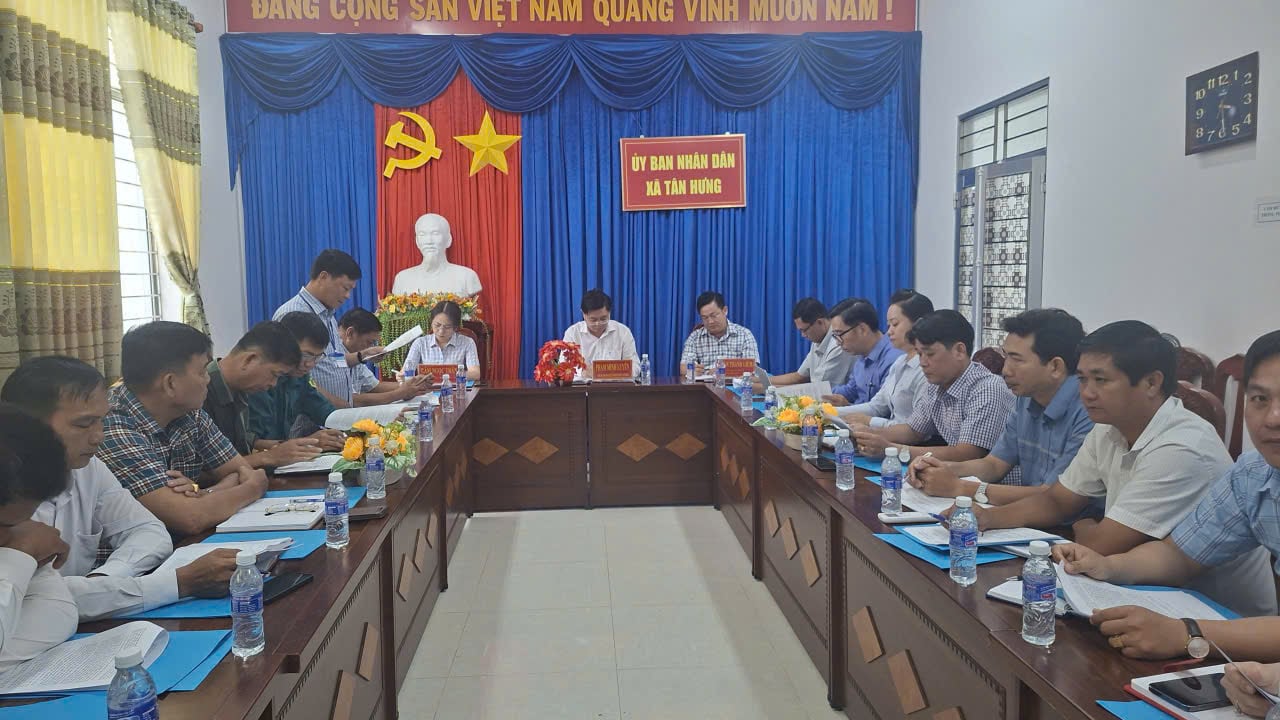
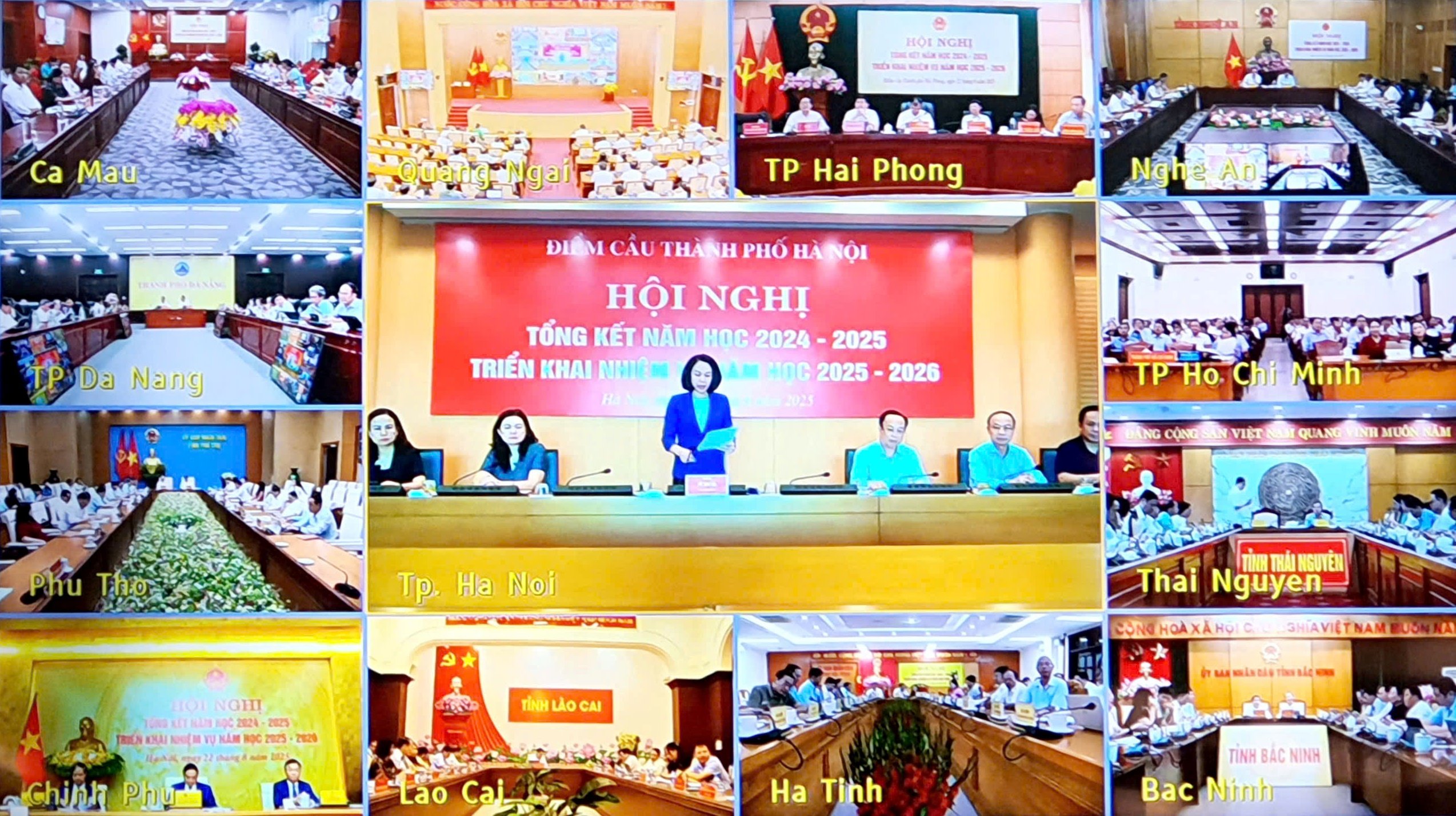
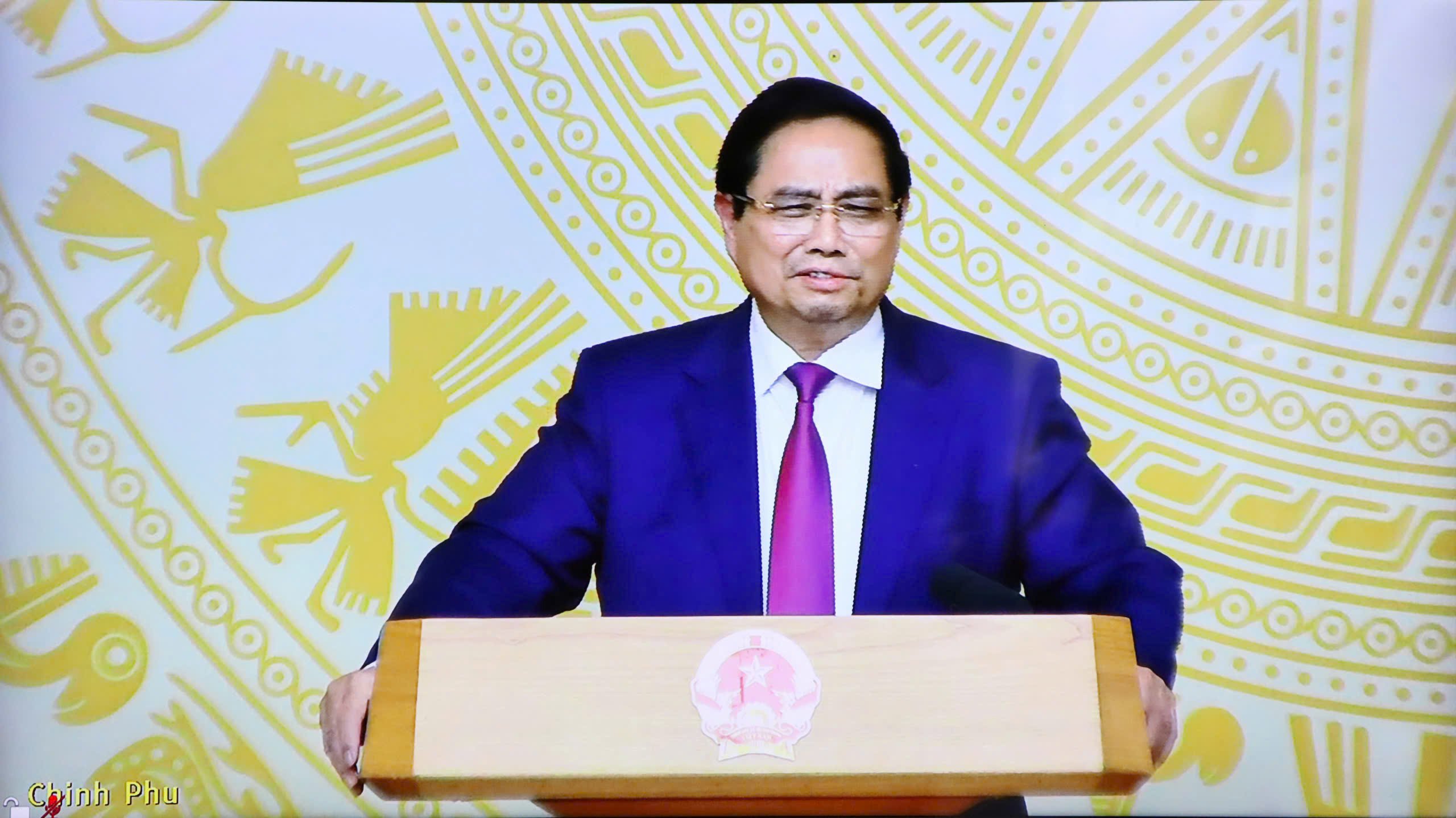
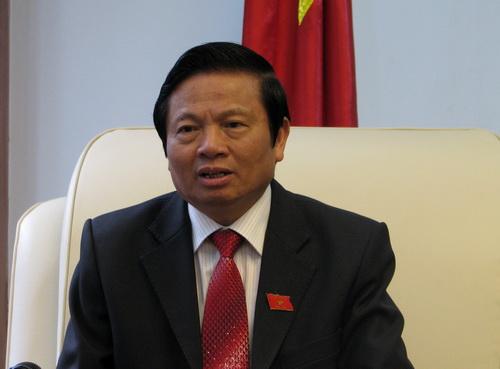




























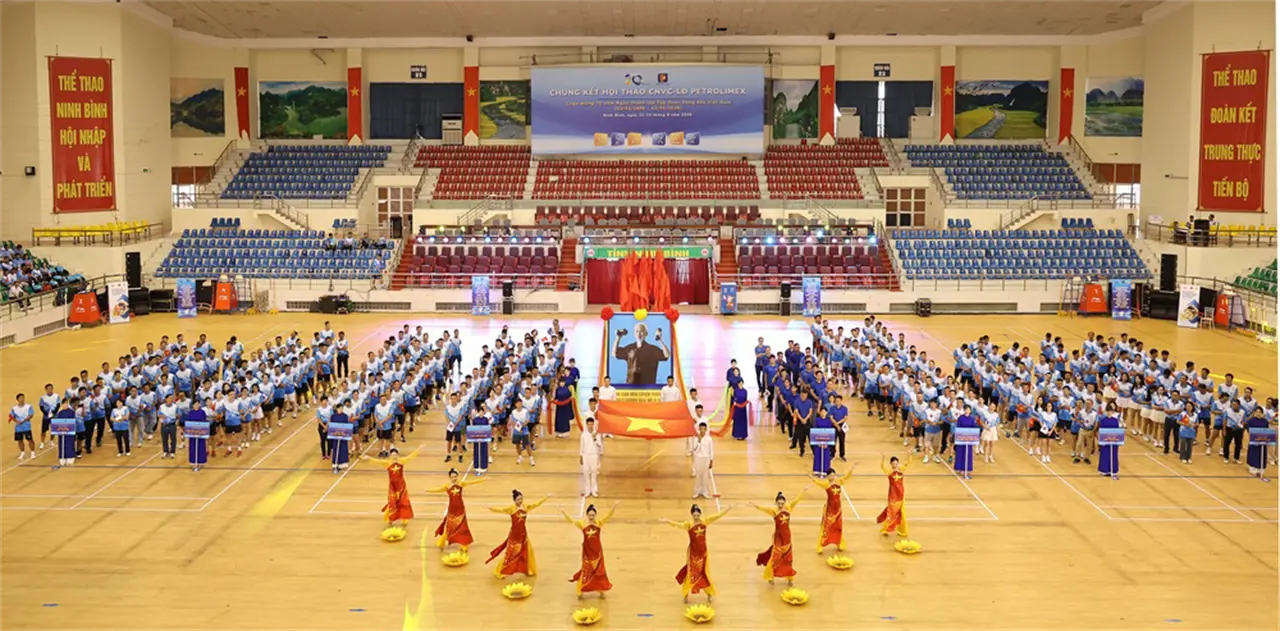







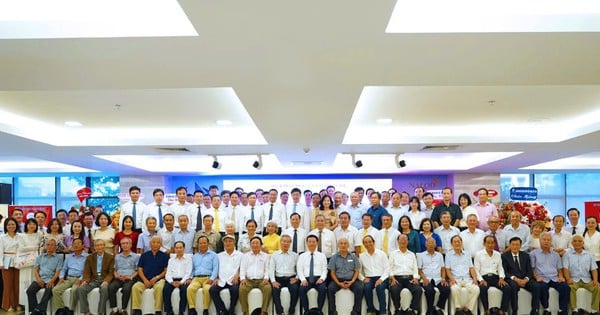

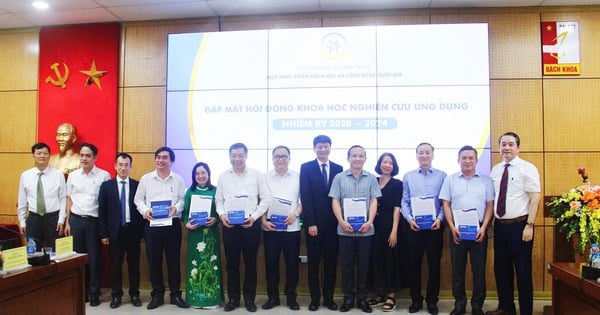
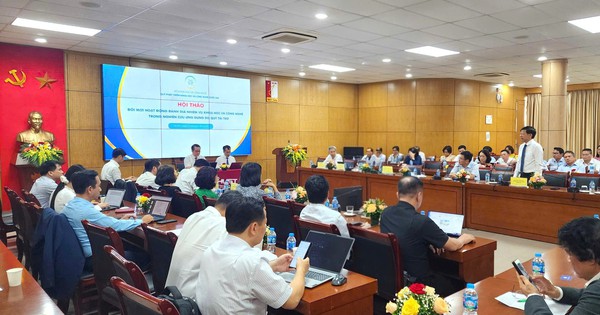
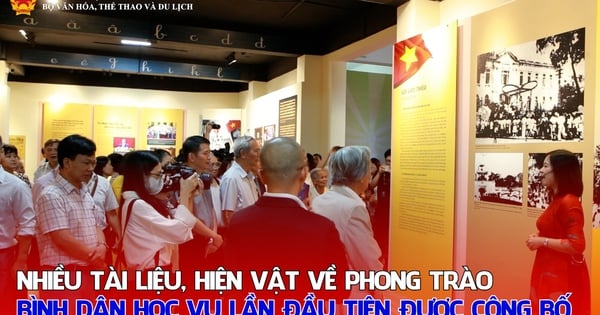

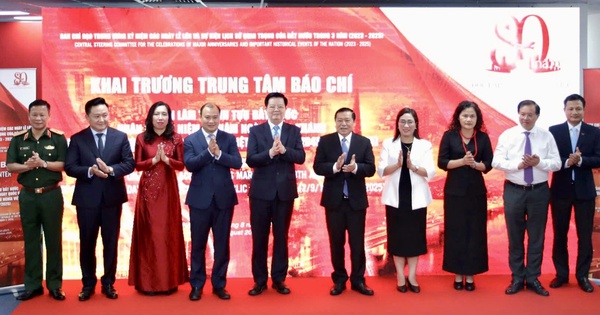
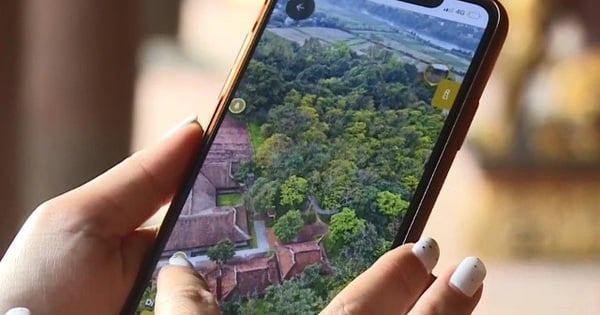

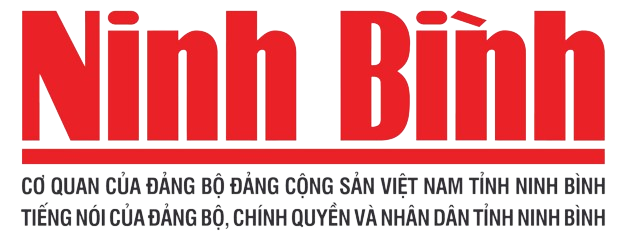


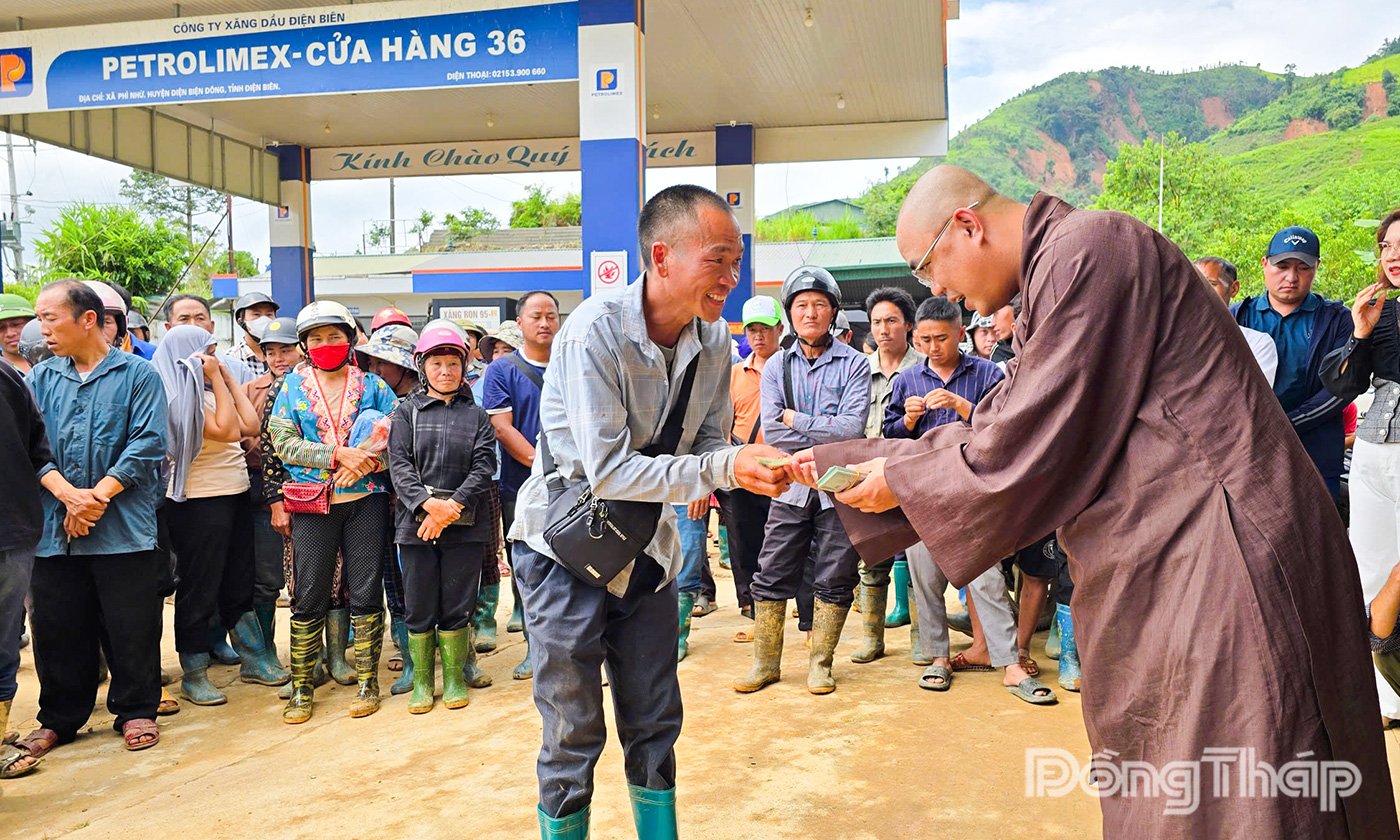
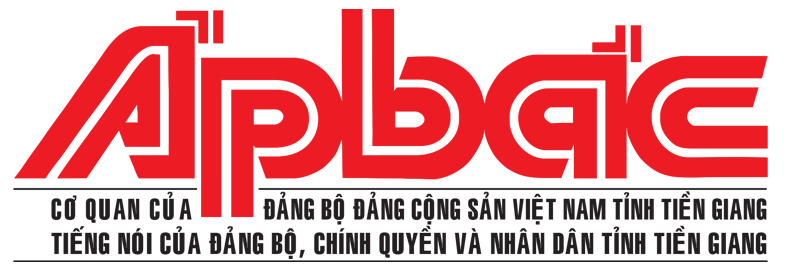
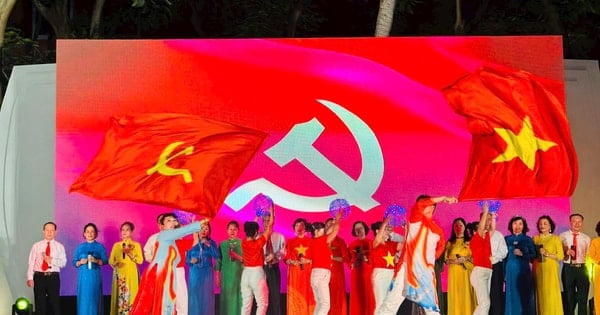

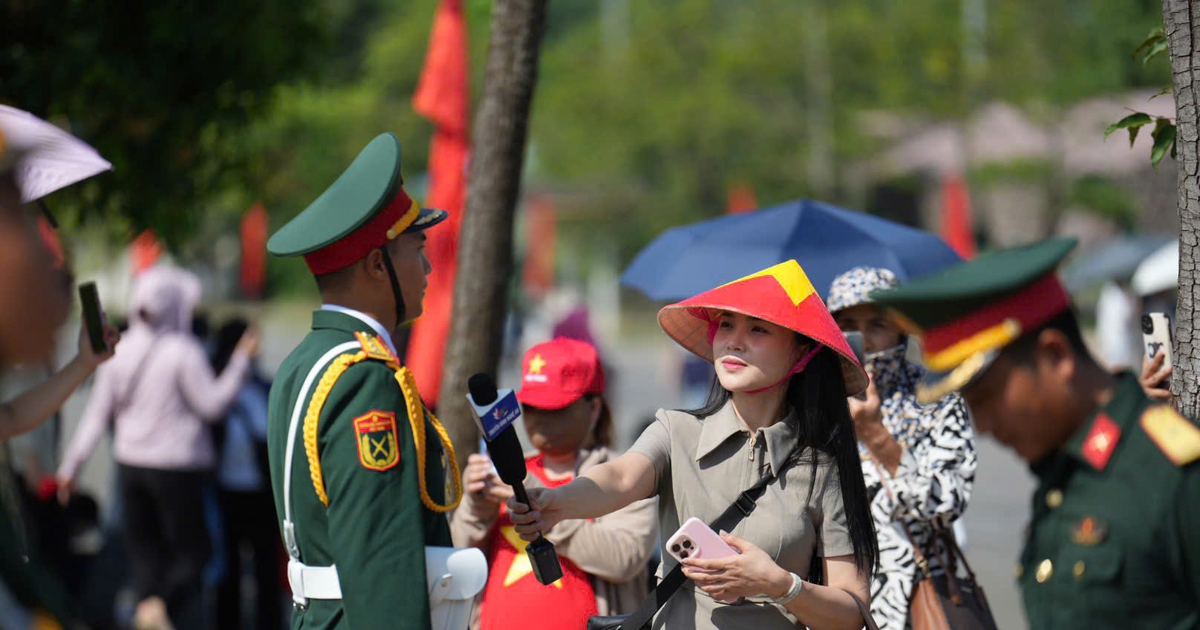

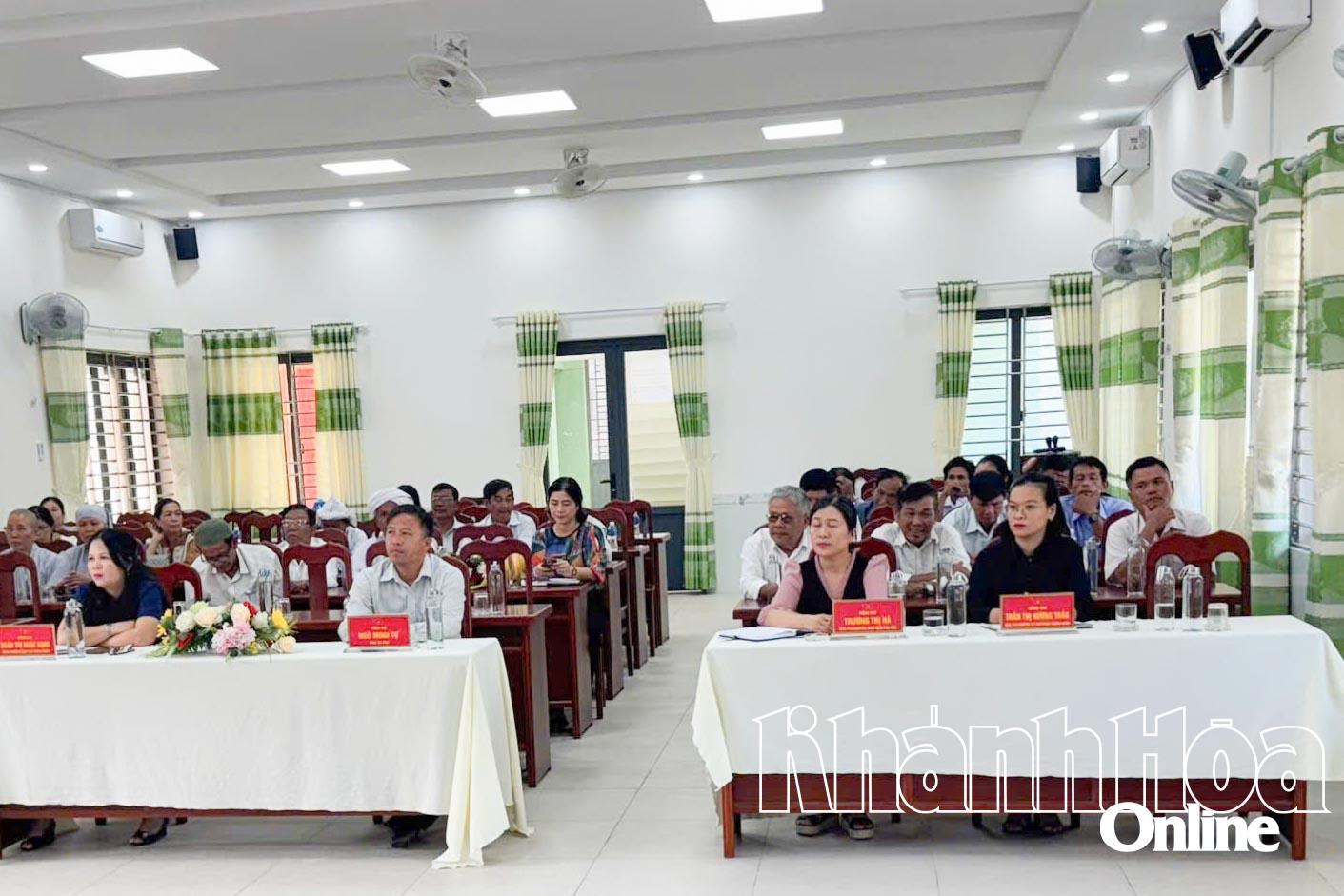
















Comment (0)